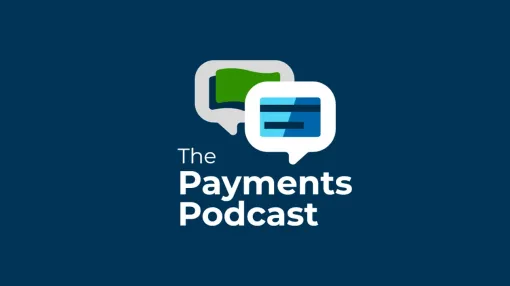Software and technology companies are always looking to innovate and find an edge, even while their AP teams may be fighting manual processes from "way back when." Paymode lets those teams automate core invoice-to-pay functions, innovations that make the entire business more efficient and cost-effective.
Accounts Payable departments in software and technology companies face pressure to reduce paper checks and handle payments to a complex web of suppliers. Bottomline helps to eliminate manual and cumbersome processes by digitizing AP workflows, invoicing, and B2B payments. This shifts your AP department into a revenue generator through increased rebates and a reduction in cost and time, allowing AP to contribute to business growth directly.
The need for efficiency and revenue are widely recognized, but finding a solution that can address a host of pain points like those below can be tough, but is necessary:
- Removing paper-based processes that are slow, costly, and error-prone
- Overcoming implementation and management challenges for payment programs
- Integrating invoice and payment activity easily with ERPs and banks
- Ending the inability to pay vendors electronically with detailed remittance information
- Moving past poor visibility and significant fraud risk
By automating the AP process and addressing these challenges, software and technology companies can expand their EBITDA and improve their overall financial health. Only automation allows for the needed revenue, security, and visibility AP teams at privately-owned technology companies.


